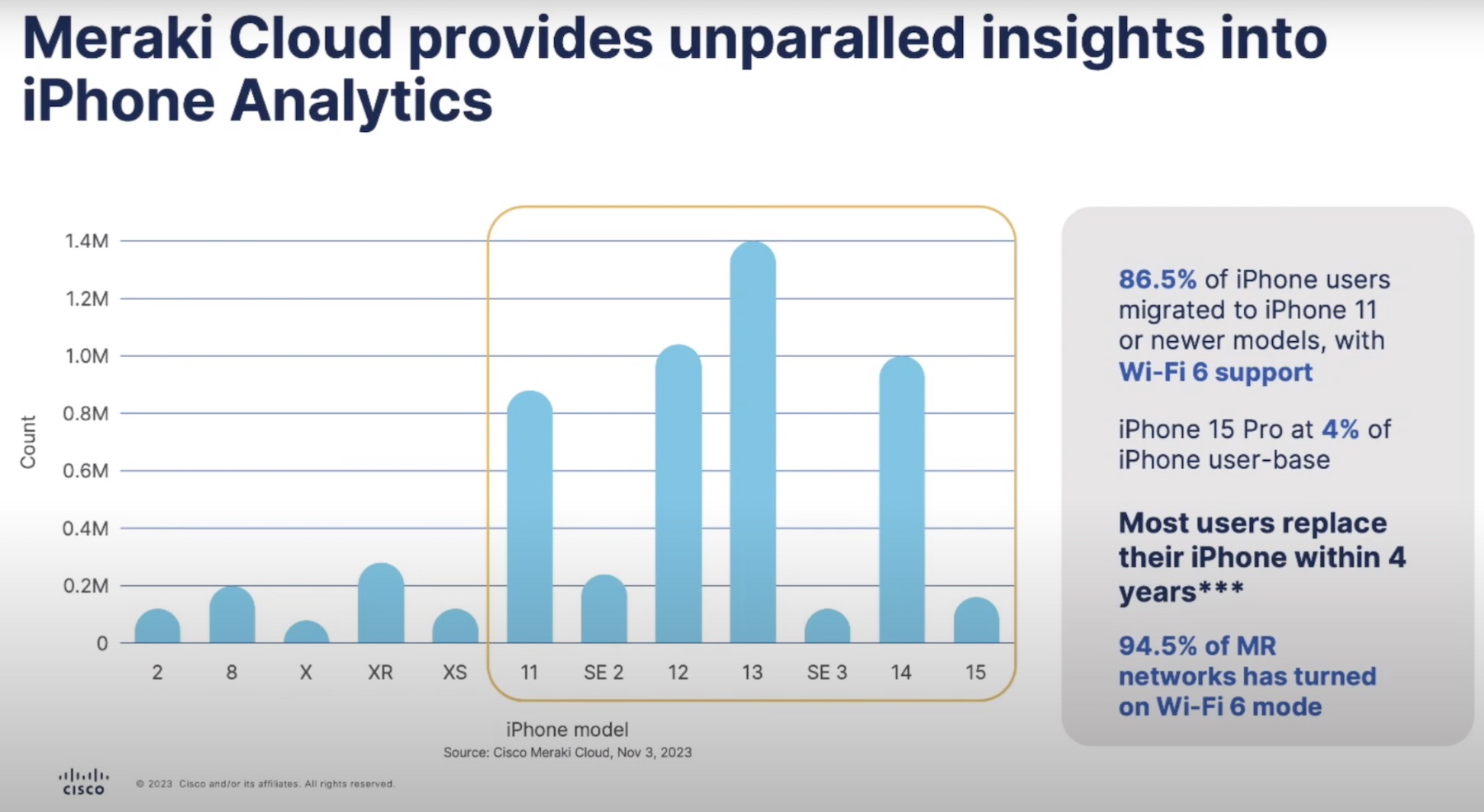Wireless as a technology has challenges. No one will deny that figuring out spectrum allocation and channel planning is easy. However, the various use case vertical segmentation that we encounter in the real world causes even more complexity in every perfect deployment use case. Hospitals, warehouses, and even stadiums have vastly different needs and environmental concerns for the same access points. You have to understand the vertical you’re working in before you can understand how to deploy your new wireless network.

Lee Badman has focused on higher education for the majority of his wireless career. He understands that campus buildings are different than offices. That the rush of tens of thousands of fans to a football stadium on Saturday afternoons poses a radically different usage spike than everyone logging on to their laptop on a Monday morning. He has also worked with companies like Juniper Mist to help others see these challenges and understand how to overcome them.
In this post, Lee recaps a webinar he did with Juniper Mist and Rowell Dionicio (@RowellDionicio) and talks about some of the little nuggets of information he shared with the audience. Here’s an excellent point that Lee makes in the post:
For me, this discussion does scrape off a significant portion of apprehension about potentially moving a large WLAN of many thousands of access points to the cloud-managed paradigm. (In my perfect world, I’d be able to keep my existing very expensive controller-based APs and use them with another vendor’s cloud solution- but the world doesn’t work that way, and likely never really will at enterprise scale.)
For more excellent analysis from Lee, check out his post here: Contemplations on Large-Scale Cloud Wi-Fi in Higher Education




